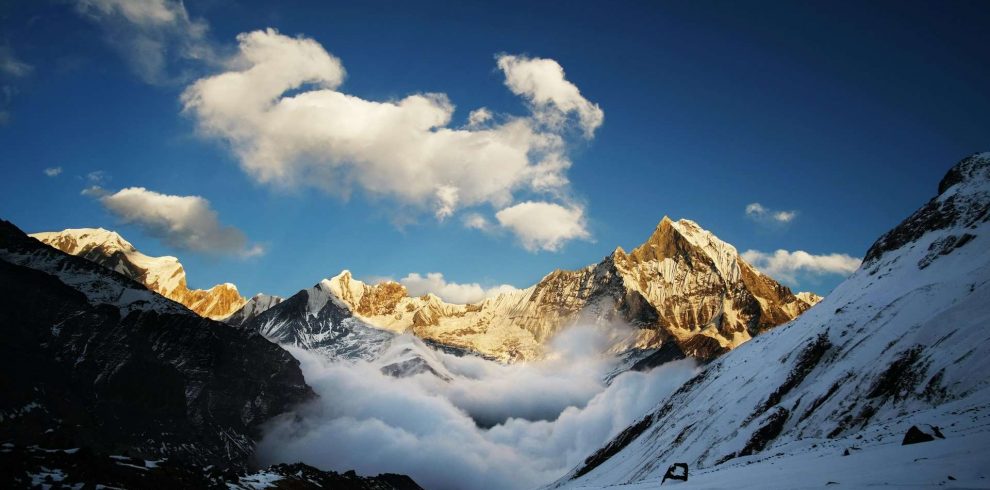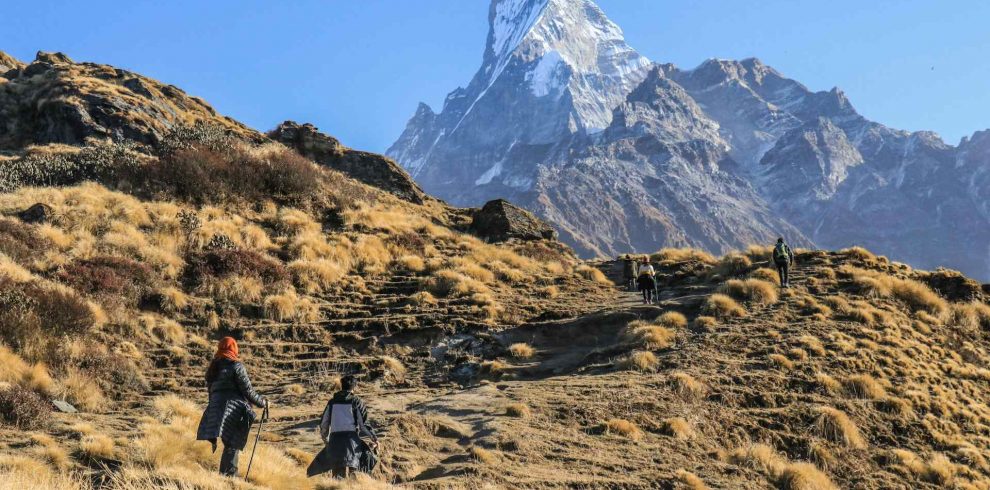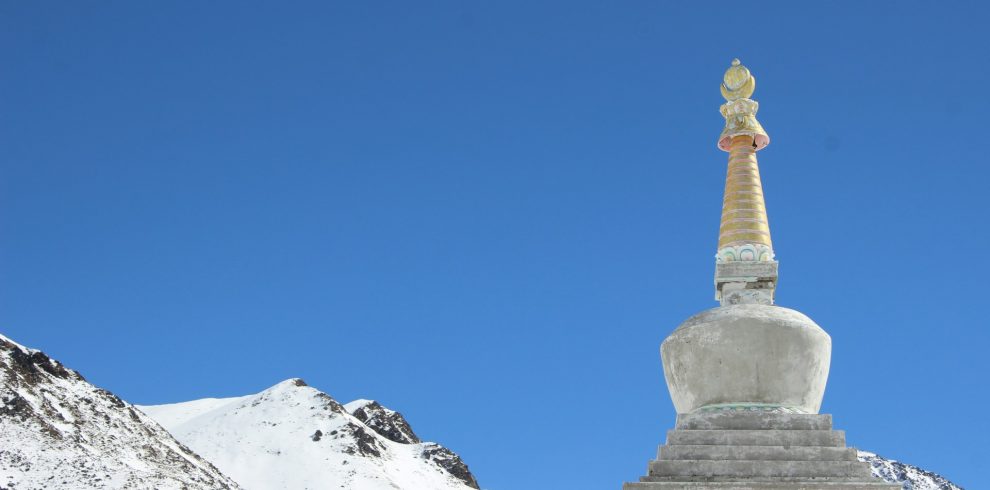Overview
Compared to other trekking routes, the Lower Dolpo Trek is one of Nepal’s less well-known treks. However, this trek offers some intense excitement and thrills from traveling on the untraveled path.
The Lower Dolpo Circuit is located in the lonely and secluded western Dolpo area, where the locals are primarily Tibetan rather than Nepali. Despite lying in “lower” Dolpo, this enigmatic terrain is high altitude and has a dry environment.
Trekking takes on a cultural dimension when you come across Buddhist temples and taste the traditional Bonpo way of life. The Lower Dolpo area is well known for its unique cultural legacy, which offers a fascinating look into customs and beliefs.
Exploring Shey Phoksundo Lake, a stunning turquoise lake, is the highlight of the Lower Dolpo trek. Trekkers will get the chance to see historic Lower Dolpo villages like Tarakot, Dho Tarap, and Ringmo along their journey. In these villages, they will learn about and experience the many cultures, customs, rituals, festivals, and ways of life of various ethnic groups.
Trekkers can witness many types of flora and animals along the lower Dolpo region’s trekking path, which passes through the stunning and lush forests of Shey Phoksundo National Park. The predominant tree species found in the woods of Shey Phoksundo National Park include blue pine, spruce, cypress, poplar, deodar, fir, and birch.
It is noteworthy that although the Lower Dolpo region was made accessible to international visitors in 1990, it is still an area with restricted access. There’s an air of adventure and discovery about these routes since they’re isolated and less traveled.
Trekkers will face several challenges on this journey because Lower Dolpo is one of the most isolated regions of Nepal. For this journey to be completed, trekkers must be in excellent health and have prior trekking experience.
Trekkers are rewarded with the natural and cultural charms of the area, which make the lower Dolpo treks fascinating despite the hardships they encounter.
Lower Dolpo Trek HIghlights
- Trek to the unspoiled Shey Phoksundo.
- Trekking in the Himalayas' isolated regions.
- Historic settlements include Tarakot, Dho Tarap, and Ringmo.
- Wonderful experience strolling in the lower Dolpo region's rain shadow desert.
- See the region's varied flora and animals and be tempted.







